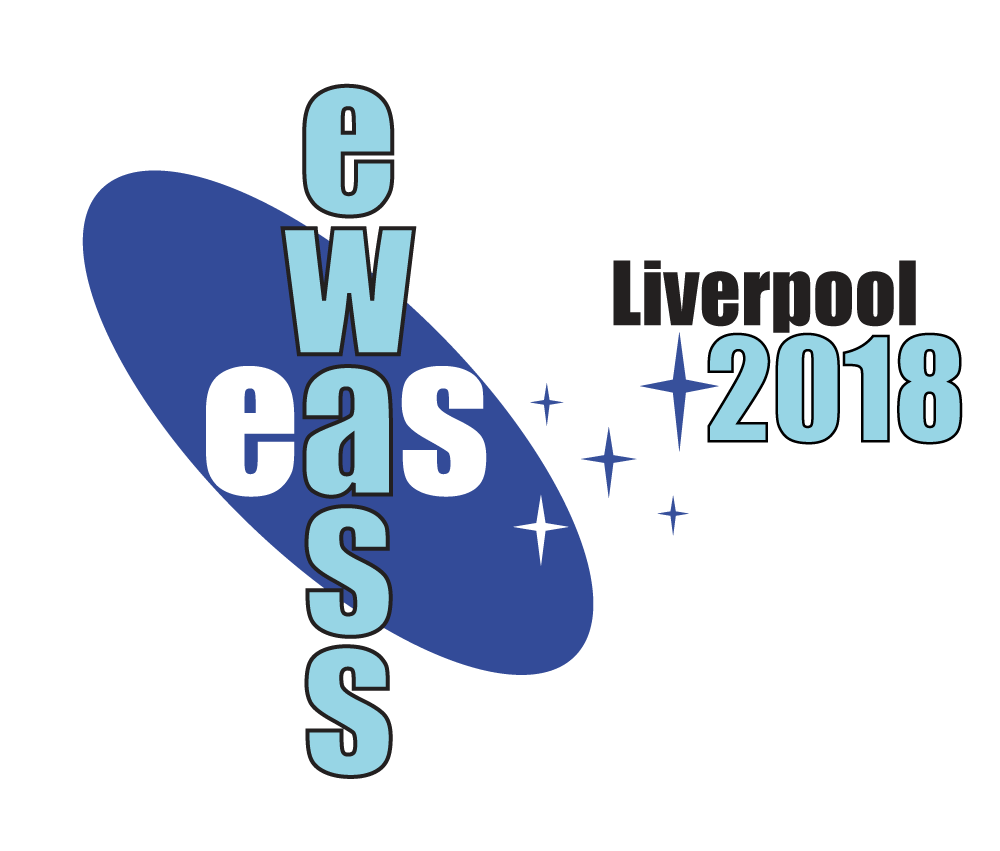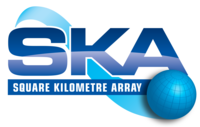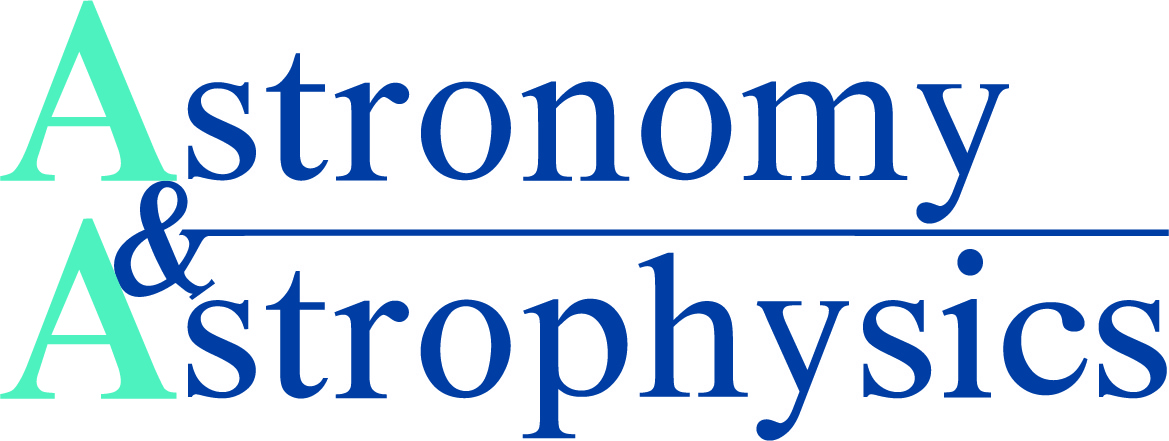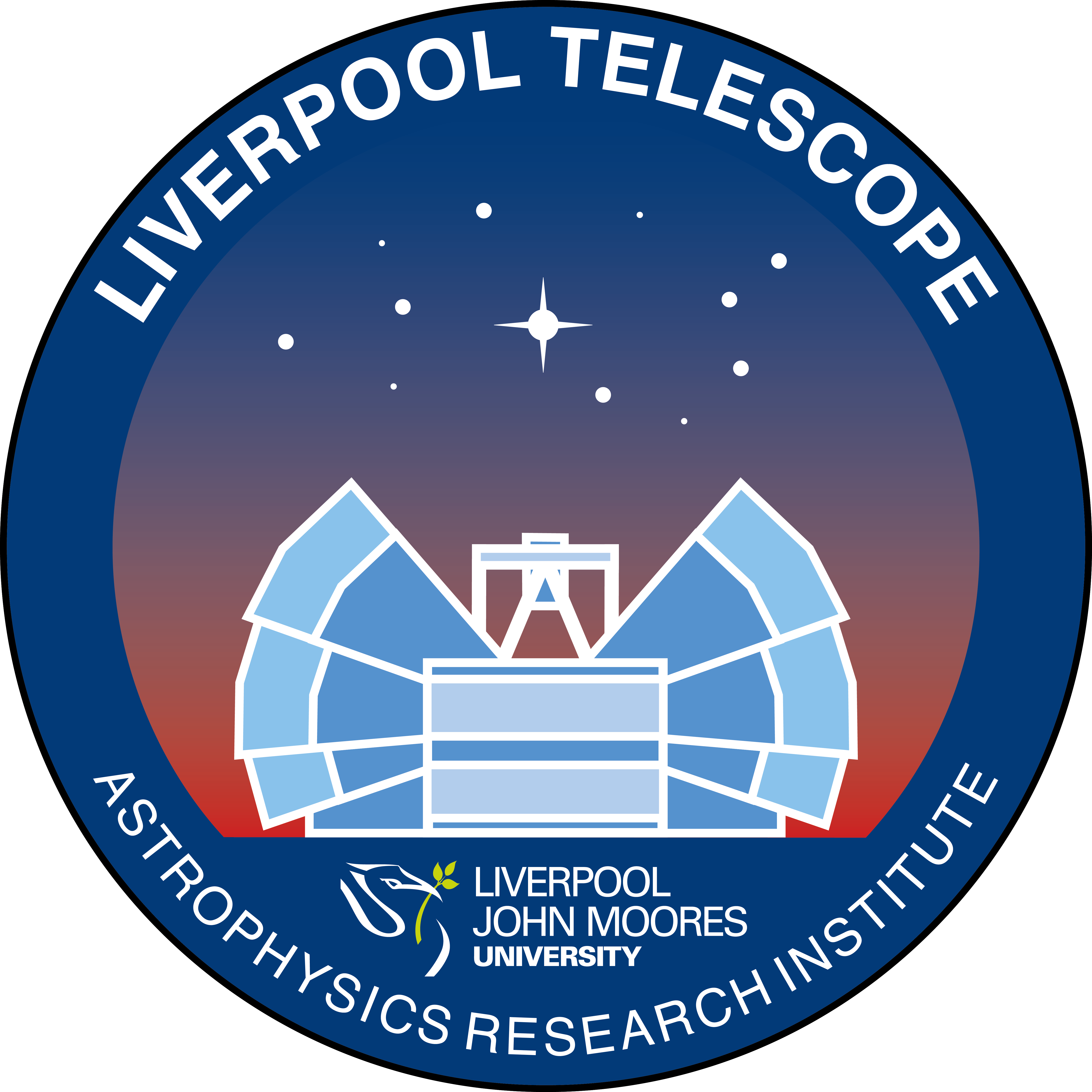Symposium S4
5 – 6 April 2018
High resolution solar physics - the dawn of a new era
Aims and scope
The solar magnetic field controls all solar activity, and its manifestations can be seen to affect the entire solar disk, leading to the expulsion of huge concentrations of plasma and magnetic field that propagate throughout the heliosphere. Yet, despite producing effects that can be seen on vast scales, we know that much of the magnetic field emerges from beneath the surface on scales that are still below the resolution of the best of our ground and space-based telescopes (~100 km). Interactions between these small-scale magnetic field concentrations and pre-existing field drive the solar wind and generate global explosive activity, while the manner of their emergence and evolution provides clues to the operation of the solar dynamo and the evolution of the global magnetic field.
Within the next decade solar physics will have the opportunity to probe these small-scale magnetic field concentrations as never before, with the advent of two 4m ground-based solar telescopes, DKIST (Daniel K Inouye Telescope) and EST (European Solar Telescope), that will be complemented from space by Solar Orbiter. With state-of-the-art instrumentation, they will provide the most sensitive diagnostics of the thermal, dynamic and magnetic properties of the plasma in the solar atmosphere, at the highest spatial resolution (~25 km), and over the most scale heights available on any solar telescope, on the ground or in space. We propose a symposium that will bring together observers, modellers and theorists to explore the new science that will be achieved with these ground-based facilities, and in particular to:
- Review the current understanding of how the magnetic field drives solar activity and energy transport in the solar atmosphere, including the state-of-the-art in high-resolution observations, theory and simulations
- Identify the most important questions that can be answered with 4m observations
- Encourage closer understanding between theorists and observers to further enable:
- development of simulation diagnostics that can be directly tested through observation
- the use of data-driven simulations
- Raise the profile of the value of combined ground and space-based observations
The symposium will provide the opportunity to bring together ground and space-based, observational and modelling communities to foster new collaborations and increase the scientific return from DKIST, EST and Solar Orbiter. We welcome and encourage abstracts from members of the community with interests in all these areas.
Programme
- Solar dynamo and its surface manifestations
- Flux emergence and evolution
- Photospheric dynamics and magnetism
- Chromospheric dynamics and magnetism
- Energy transport and waves
- Eruptive events
Invited speakers
Scientific organisers
Sarah Matthews, Manolo Collados Vera, Mihalis Mathioudakis, Hector Socas-Navarro, Ilaria Ermolli
Contact
sarah.matthews @ ucl.ac.uk
Updated on Tue Oct 03 13:37:37 CEST 2017
|

 A power cut will shut down all EAS services on Tuesday, 10 January 2017 starting at 7:30 CET.
A power cut will shut down all EAS services on Tuesday, 10 January 2017 starting at 7:30 CET.



























